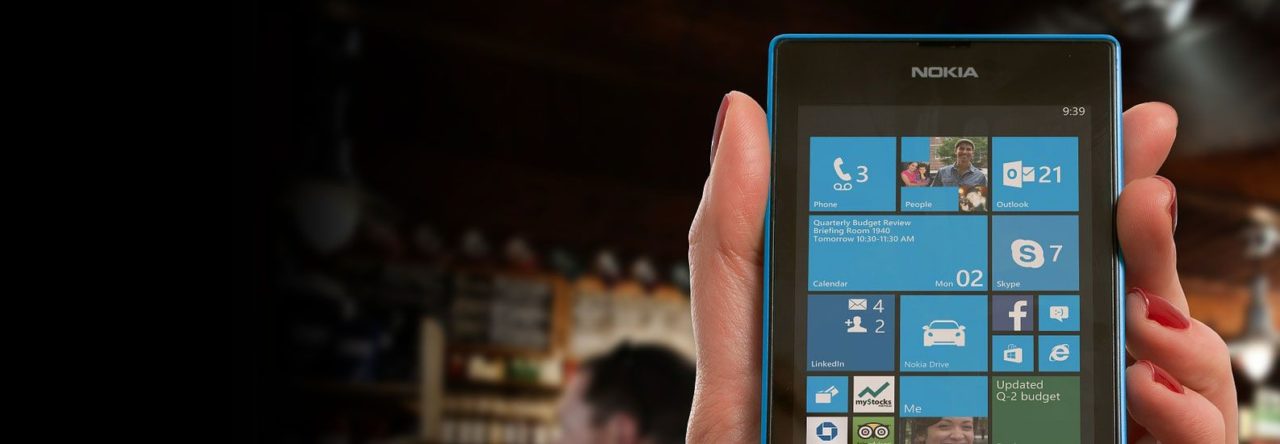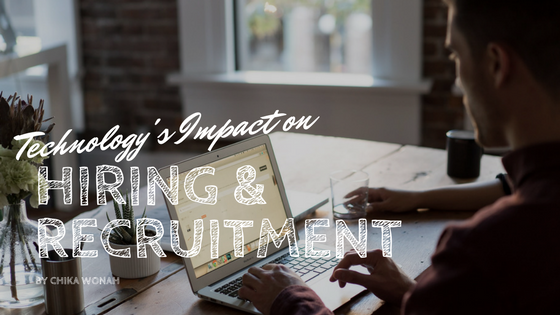Burgeoning tech has been laying claim to multiple industries from real estate to insurance, and more recently technology began to disrupt our hiring and recruitment tactics. In the digital age, it’s no surprise that how people find openings and apply for jobs changed. Now the vast majority start their searches online with sites like Linkedin and Indeed, but the actual interview process itself is also changing. Portfolios all take place online, interviews originally happen via video and personality diagnostics are standard.
One Way Interviews
Interviews are typically two-sided. A few business representatives interview a potential hiree, and while the hiree wants to impress the business, it’s also a chance to field questions and get to know each other.
Tech poses to change that with the rise of video interviews. As Dave Lee describes, “Traditional interviews with an interviewer and interviewee could go by the wayside, too. Rather than a two-way interaction, job candidates will upload video responses to interview questions. New technology will detect non-verbal cues such as those facial expressions and tone while eliminating human bias.” Brands like Red Bull already hopped on board with video interviews. This added step tests the applicant’s ability to think on their feet while also working through potential red flags or false starts eliminating wasted time for recruiters. Then, once the cream rises, formal interviews can take place. As Rajpreet Heir highlights, “Not only does digital interviewing allow candidates and employers to connect earlier in the interviewing process, it also saves time and money. A study by OfficeTeam revealed that 63% of companies are using video interviews vs. 13% from 2011.”
Analytics and Diagnostics
Personality diagnostics are also increasingly popular as an inexpensive means to gauge fit and placement within a larger company. As Chamanpreet Singh says, “Data is critical in the digitisation of recruitment. It allows you to determine the effectiveness of any strategy implemented and will enable HRs to develop future recruitment strategies based on the metrics and measurements received. This data will give an insight into channels that can work for your company which means cutting down on time and expenditure.”
Building a Business-Savvy Brand
It’s important to remember that if you can find them, potential recruits can also find you. As a result, recruiting in the digital age requires a larger emphasis on companies’ online brands. People want to understand the company culture they throw themselves into. Show personality, but also be sure the image you portray is accurate. Top talent is going to do their research, and if your digital presence is non-existent or inaccurate, they won’t want to work with you. As Rachit Jain says, “Building a healthy working culture and employer brand is getting more important day by day. But most importantly, employers and recruiters have to adapt and move to the modern recruiting technology faster.”

